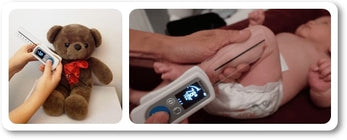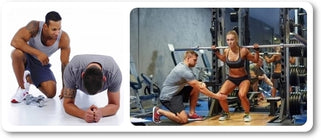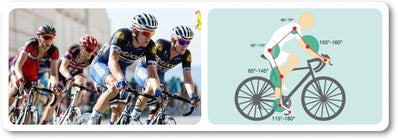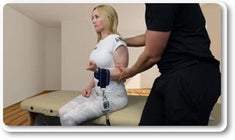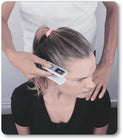The Test-Retest Reliability of a belt-fixated dynamometer for assessing maximal knee strength, inter-limb asymmetries, and hamstring–quadriceps ratios
Authors: Nenad Nedovíc, Stevan Jovanovic, Danilo Vujicic, Chris Bishop and Žiga Kozinc
Knee joint strength; reliability; injury prevention; symmetry
Link: https://www.mdpi.com/2073-8994/16/11/1541
Abstract
Evaluating maximal strength, inter-limb asymmetries, and the hamstring-to-quadriceps (HQ) ratio is essential for identifying strength deficits in athletes. This cross-sectional study assessed the test–retest (inter-visit) reliability of the EasyForce dynamometer for knee extension and flexion strength in 21 young healthy participants (11 women and 10 men; age = 19.4 ± 0.7 years). The dynamometer demonstrated excellent relative reliability, with ICC values of 0.99 for knee extension and 0.95–0.98 for knee flexion.
Results
Absolute reliability was also acceptable (typical error = 5.63–16.44 N; coefficient of variation = 3.94–6.80%). Reliability for inter-limb asymmetries (ICC = 0.90) and HQ ratios (ICC = 0.91–0.92) was good to excellent. Agreement for inter-limb asymmetry direction between visits was excellent for knee extension (κ = 0.90) and substantial for knee flexion (κ = 0.71). These findings suggest that EasyForce is reliable for assessing muscle strength, inter-limb asymmetries, and HQ ratios in physically active adults. Future research should explore the broader applicability of EasyForce in muscle strength assessment, particularly for professional athletes and during rehabilitation.



